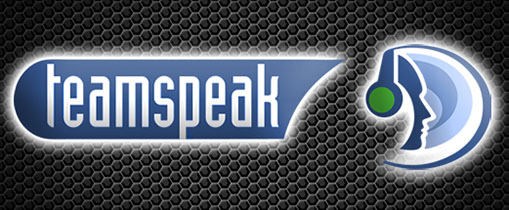
In this tutorial, we will show you how to install the TeamSpeak on CentOS 8. For those of you who didn’t know, TeamSpeak, a popular voice communication platform, offers a secure and feature-rich solution for hosting your own voice server. CentOS 8, a stable and secure Linux distribution, is an excellent choice for running a TeamSpeak server due to its robust performance and ease of administration.
This article assumes you have at least basic knowledge of Linux, know how to use the shell, and most importantly, you host your site on your own VPS. The installation is quite simple and assumes you are running in the root account, if not you may need to add ‘sudo‘ to the commands to get root privileges. I will show you the step-by-step installation of the TeamSpeak on CentOS 8.
Prerequisites
- A server running one of the following operating systems: CentOS 8.
- It’s recommended that you use a fresh OS install to prevent any potential issues.
- SSH access to the server (or just open Terminal if you’re on a desktop).
- A
non-root sudo useror access to theroot user. We recommend acting as anon-root sudo user, however, as you can harm your system if you’re not careful when acting as the root.
Install TeamSpeak on CentOS 8
Step 1. First, let’s start by ensuring your system is up-to-date.
sudo dnf update sudo dnf install epel-release
Next, install the necessary dependencies for TeamSpeak using the following command:
sudo dnf install nano wget perl tar net-tools bzip2
Step 2. Disable SELinux on the CentOS system.
Now we deactivate “SELinux” in the server and install security software using the following command:
nano /etc/selinux/config
Make the following changes:
SELINUX=disabled
Step 3. Installing TeamSpeak on CentOS 8.
Before installing, we need to create a new user on our server, this user will be used for the installation and running of TeamSpeak. For security reasons this user will not have sudo:
useradd meilana passwd maria
Next, download the latest version of TeamSpeak from the official site with the following command:
wget http://dl.4players.de/ts/releases/3.13.2/teamspeak3-server_linux_amd64-3.13.2.tar.bz2
Extract the downloaded file with the following command below:
tar xvf teamspeak3-server_linux_amd64-3.13.2.tar.bz2 mv teamspeak3-server_linux_amd64/* /opt/teamspeak/
Then, create a file called “.ts3server_license_accepted” in the /opt/ teamspeak directory to accept the license agreement:
touch /opt/teamspeak/.ts3server_license_accepted
After that, set the permission directory /opt/teamspeak using the following command:
chown -R teamspeak: /opt/teamspeak
Step 4. Create Systemd File for TeamSpeak.
So, let’s start by creating a file for the service:
nano /lib/systemd/system/teamspeak.service
Add the following lines:
[Unit] Description=Team Speak 3 Server After=network.target [Service] WorkingDirectory=/opt/teamspeak/ User=teamspeak Group=teamspeak Type=forking ExecStart=/opt/teamspeak/ts3server_startscript.sh start inifile=ts3server.ini ExecStop=/opt/teamspeak/ts3server_startscript.sh stop PIDFile=/opt/teamspeak/ts3server.pid RestartSec=15 Restart=always [Install] WantedBy=multi-user.target
Finally, we’ll start the TeamSpeak server and make sure that it will start automatically each time we’ll reboot the server:
sudo systemctl --system daemon-reload sudo systemctl start teamspeak sudo systemctl enable teamspeak
Step 5. Configure Firewall.
Now our server installation is completed we can open the ports on our firewall:
sudo firewall-cmd --zone=public --add-port=9987/udp --permanent sudo firewall-cmd --zone=public --add-port=10011/tcp --permanent sudo firewall-cmd --zone=public --add-port=30033/tcp --permanent sudo firewall-cmd --reload
Once done, connect with our TeamSpeak Client. The first person to log on will be asked to provide a privilege key and enter the one retrieved during the installation.
Congratulations! You have successfully installed TeamSpeak. Thanks for using this tutorial for installing TeamSpeak on your CentOS 8 system. For additional help or useful information, we recommend you to check the official TeamSpeak website.